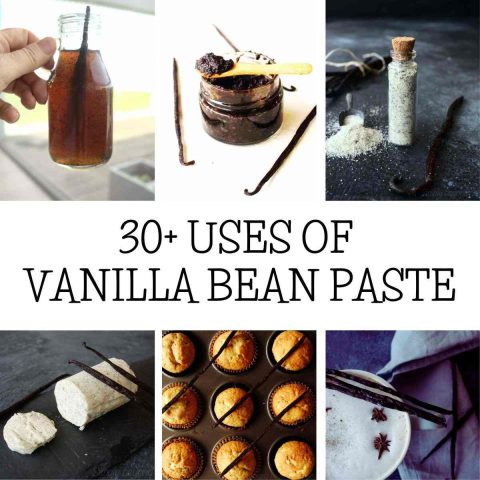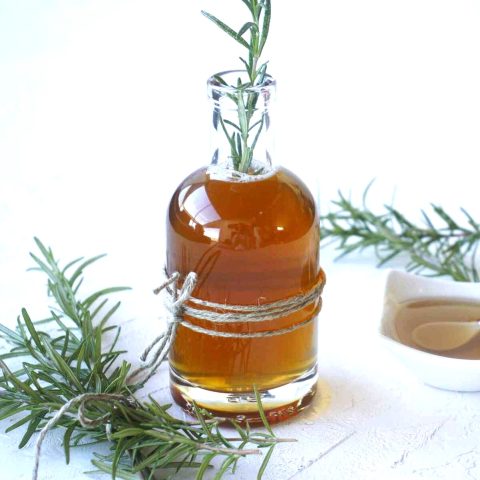Ribwort Plantain ( Plantago lanceolata), Greater plantain (Plantago major)
Ignored by many, plantain (Plantago – not banana-fruit of the same name) deserves our attention. It’s paralel and regular creases have attracted my attention for a long time. Only later did I discover its great healing power. A fast healer and simple to use, plantain is a handy first aid kit that can ease pain and absorb discomfort. One single leaf can heal and ease the pain from a small wound, bruise or blister. Its juice can stop a nose bleed or eases an earache. These are just a few examples of what the humble plantain is capable of.
Easily spreadable plantain
The Latin word Plantago is derived from the word planta – “sole of the foot”. One plant produces up to 40,000 tiny seeds in its lifespan that are spread by the paws of animals and human feet. Therefore, we often see plantains near the paths. But we can also find it in meadows, borders, ditches and around the house. There are more than 100 Plantago species, many of them with medicinal benefits. I am most familiar with the ribwort plantain (Plantago lanceolata and greater plantain (Plantago major).

Medicinal uses of Ribwort Plantain
Plantain was considered a panacea – a cure for everything. This healing herb has been known in Europe since the 16th century but Its leaves and seeds were collected in China 3,000 years ago.
Favorite by many herbalists plantago has so many uses from diarrhea to constipation, inflammation, hemorrhoids and other. Ribwort Plantain is possible to use internally (as syrup or tea) or externally (fresh leaves, spit poultice, plantain oil, plantain cream) for skin treatment, insect bites, and infection

Internal uses for plantain
Plantain is frequently used in the treatment of a catarrh infection, cold, runny nose as well as respiratory diseases such as bronchitis, dry cough or asthma (1). The active components of this healing herb are aucubin and tannins which are mucilages. They are responsible for the anti-inflammatory and antimicrobial effect of plantain and its expectorant action. Its medicinal properties have also been used in the past for the treatment of lung tuberculosis.

While we drink ribwort tea and cough syrup for the treatment of colds, runny noses or respiratory diseases. A sore throat, on the other hand, can be eased by gargling ribwort tea.
Inflammation of the oral cavity is easily treatable with spit poultice.
SPIT POULTICE – where you chew a few fresh leaves, then spit them out to apply this ‘spit poultice’ to the affected area.

This medicinal herb is successful in the treatment of bladder inflammation, urinary tract, kidney inflammation, kidney stones and prostate inflammation (2). It has anti-inflammatory and antibacterial effects.
The healing ability of mucilages has a positive effect in the treatment of gastric ulcers. Fresh juice from Plantago is the best form of an application when it comes to the gastrointestinal tract.
FRESH JUICE – Blend fresh plantain leaves with some water, then pass through a fine sieve or cloth. Serve fasting 1 tablespoon 3 times a day for 3 weeks.
Plantago is also a gentle laxative and regulates the peristalsis of the intestines in constipation(3). Also in diarrhea, plantain has beneficial effects – it is a disinfectant that regulates intestinal microflora. Plantain reduces convulsive abdominal pain.
External uses of plantain
This herb works well on various skin problems such as eczema and rashes. It inhibits itching. It’s excellent for acne.
The simplest way to use them is to apply their fresh leaves onto the wounds or bruises directly.

Several studies confirmed the healing effect of plantain on wounds and bruises (4). Emollient and soothing mucilages that are present create a protective layer on the wound, reduce pain and discomfort. Together with anti-inflammatory properties, plantain is effective in the treatment of skin inflammations such as impetigo, ecthyma or eczema
You can apply them in a form on plantain oil or body butter that is an excellent moisturizer for dry, sensitive or delicate skin.

If you get stung by a nettle, a mosquito, wasp or a bee, apply a wrinkled plantain leaf.
Thanks to the antioxidant allantoin (5) cell growth stimulator and tissue regenerator, Plantain is also effective for burns and sunburns. Just apply the fresh leaf on the affected part of the skin

Best harvesting practices
The whole plant is medicinal.
Leaves
I usually collect the leaves from early spring to fall and use them fresh or dry. When drying them I make sure they have enough space to avoid any wrinkling. Otherwise, they tend to become black quickly. Properly dried leaves must be green.
To preserve fresh leaves longer I put them in a bowl of water in the fridge which keeps them fresh for another 2-3 days.
Roots
Also roots in spring or autumn. Dry them at 50-60 ° C.
Seeds
I also collect seeds at the time of flowering.
About 30% of plantain seeds consist of soluble fiber and mucilages that have a high gastroprotective effect in comparison to the leaves. When put into water, they swell up and become mucilaginous. The slime is the most healing part of the plant. The acquired seed will activate the intestine.
Interestingly, the seeds can treat both constipation and diarrhea. The key is in the method of administration.
Seeds for constipation
For constipation, let the seeds swell in the water (1-2 teaspoon in a glass of water), then drink (three times a day). The stool will then have a larger volume, will push more on the intestinal wall and trigger intestinal contractions (peristalsis). People then feel the urge to stool and emerge better. The stool is also slippery due to slime and passes through the intestine more easily. It is necessary to drink a lot to avoid blockage of the intestine.
Seeds for diarrhoea
On the contrary, dry seeds are good for diarrhoea. Sprinkle them on bread with butter or other food. Dry seeds stretch out excess fluid in the intestines and compact the stools. In addition, they have a healing effect on the intestinal mucosa. Thus, for example, they can be used for diarrhea in Crohn’s disease.
Consumption of plantain seed also provides relief for hemorrhoids – reduces pain and bleeding.











I have never heard of this plant before but wow, it’s got all kinds of healthy properties. I could see making a body butter out of it and using it that way. I’m probably not ready to ingest it just yet.
Wow! So much information packed into one post and so many uses for this common herb! Thank you!
I have a plantain tincture that I bought for a tooth infection and it worked wonders! I had no idea, however, that plantain was so good for so many things! I see it in our yard all the time and now I will harvest it. I can’t wait to try it for its gastrointestinal support. Thank you for this post!
Any benefits to tincturing the root?
A tincture made of plantain leaves is often used to treat sore throats and dry coughs. It can also be used as an immunity booster during cold winter. I don’t know about the root.
can both kinds of plantain be used interchangeably? I only see the broad leaf plantain around here.
Hi Gwen, both plantains – broadleaf and narrowleaf (lanceolata) have very similar medicinal properties and can be used interchangeably.
I saw the plant in our yard long ago. Will try it
Good luck!
Great Idea and information
I only have Plantago virgiica in my yard, it is a dwarf Plantain. Can it be used the same way as the broadleaf variety? Thanks.
Hi Annette, while broadleaf and ribwort plantains are well known for their medicinal properties, such as anti-inflammatory, antimicrobial, and wound-healing effects, there’s limited information on whether dwarf plantain has similar uses and benefits.
Sabía que era muy buena esta hierba, pero no que podia ayudar en tantos problemas de salud.
Muchísimas gracias por toda la información que nos entregas!!
Hi Paula,
I’m glad I could help! Vladka
How would I make a tincture of plantain?
Hi Zandra, you can follow this recipe yarrow tincture recipe, just use plantain leaves instead.